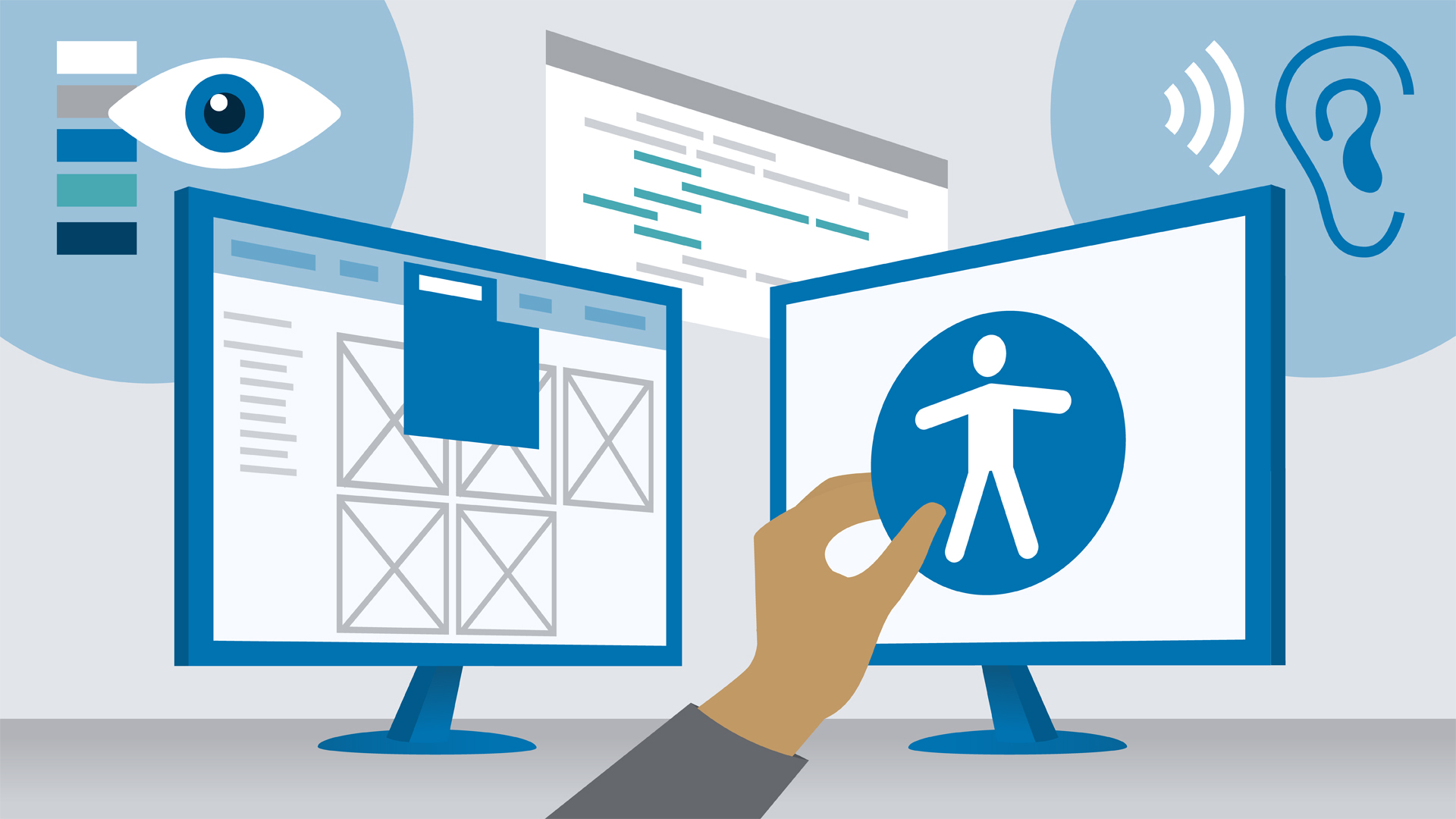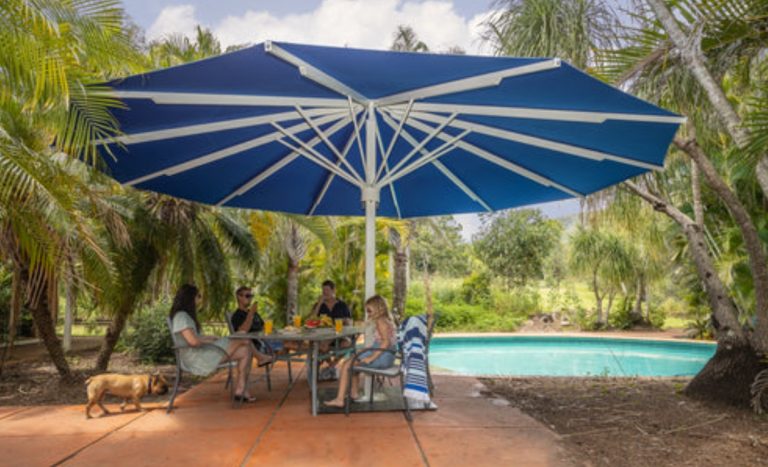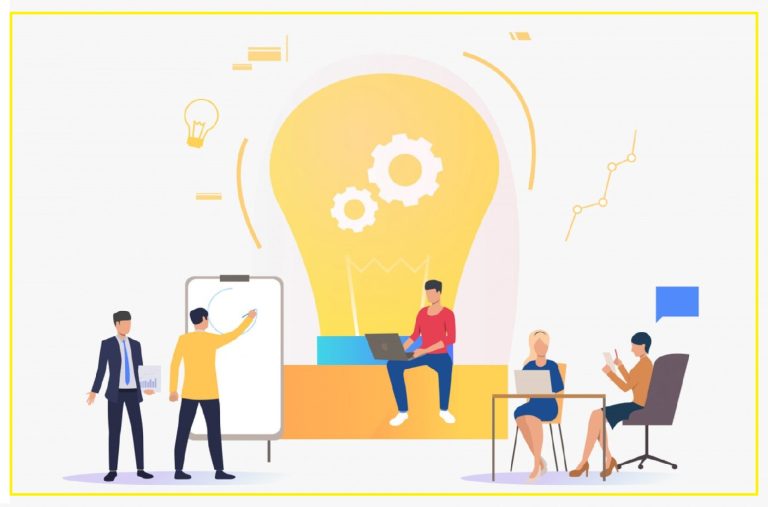
It’s all about creating websites and apps that are accessible to everyone, including those with disabilities. Individuals with special needs are also those who have difficulties with their hearing, cognition, or physical abilities. There are a variety of difficulties that may be permanent. Web accessibility also addresses a few issues that affect the average person.
It is our goal to help you resolve the issue as quickly as possible by suggesting tools.
Listed below are the most prevalent accessibility difficulties.
Low lightening over text
Although you may not be aware of it, your site likely has a text contrast issue. In 2019, 2020, and 2021, WebAIM conducted the study, and the results are astounding. There was low contrast in the text on more than 85 percent of the million web pages that were assessed on average. To develop outstanding content lot of time and effort is consumed. These efforts will be wasted if your viewers are unable to consume your material.
Although text with low contrast is a problem, it’s easy to remedy. A color contrast checker is a must, and a ratio of at least 4:1 for standard type and 3:2 for larger text is the goal.
The contrast in your site content’s colors must be checked before publishing. A contrast checker should be used every time.
Basic contrast of color
This isn’t just about the low color contrast in the text. It also has to do with the overall color contrast of the image. The backdrop color should be compared to the layout, if possible. Screen brightness and excessive sunlight are major elements that impair visibility for mobile users. Users engage more in dramatic contrast. Deciding on a color scheme isn’t easy at all. They must mix seamlessly, match the brand’s message, and be easily accessible to all users.
Text for image location
When you use a screen reader, you will grasp the relevance of the Alt text. It’s aggravating to have no idea what a web page’s visuals look like. On your site, it’s a problem to be addressed immediately. Apart from that, the Alt text makes it possible for search engine spiders to crawl the photos. Images are responsible for a tiny but not insignificant portion of organic traffic. Decorative pictures, such as backdrops, do not require alt descriptions.
Navigation for keyboard accessibility
It’s half true people can’t even use a mouse, so they have to rely on the keyboard to crawl the web. Use the Tab key if you want your visitors to be able to crawl your site. Links, menu items, forms, and buttons can be accessed by using the Tab key.
Heading format
Site-crawling is a skill that Internet users have mastered. Most of the time, we don’t read a webpage from beginning to end. We skim a webpage, and thanks to header format, through that the most important messages stand out. Assistive technology users benefit from the correct use of headings since they help them focus on the most crucial components of a webpage. For this reason, headings in descending order construct a hierarchy by using the heading format correctly.
Relevant font
Choosing the wrong font loses lots of traffic. When it comes to font readability, readers must be able to recognize the characters. As a webmaster, it’s important to pay attention to this because poorly fonts prevent users from consuming your content. Use a readable typeface, a font size, and a proper contrast to make the written material consumable. Use a serif/sans serif font and 16px for body text.
It’s a known fact that a website requires templates or themes to make a better impact. You can always crawl to the WordPress website to buy a wordpress theme or buy wordpress templates with all the requirements fulfilled and frequently update income and at no extra cost.
You are now better prepared to make your WordPress website more accessible. Your website’s accessibility requires a lot of time and effort on your part. But you have plenty of reasons to do it. Read on to learn more. There is a moral need to ensure that Internet connection is available to everyone. But even a tiny business website should try for maximum accessibility.
Read More : thermal process a giant leap in containing industrial pollution


